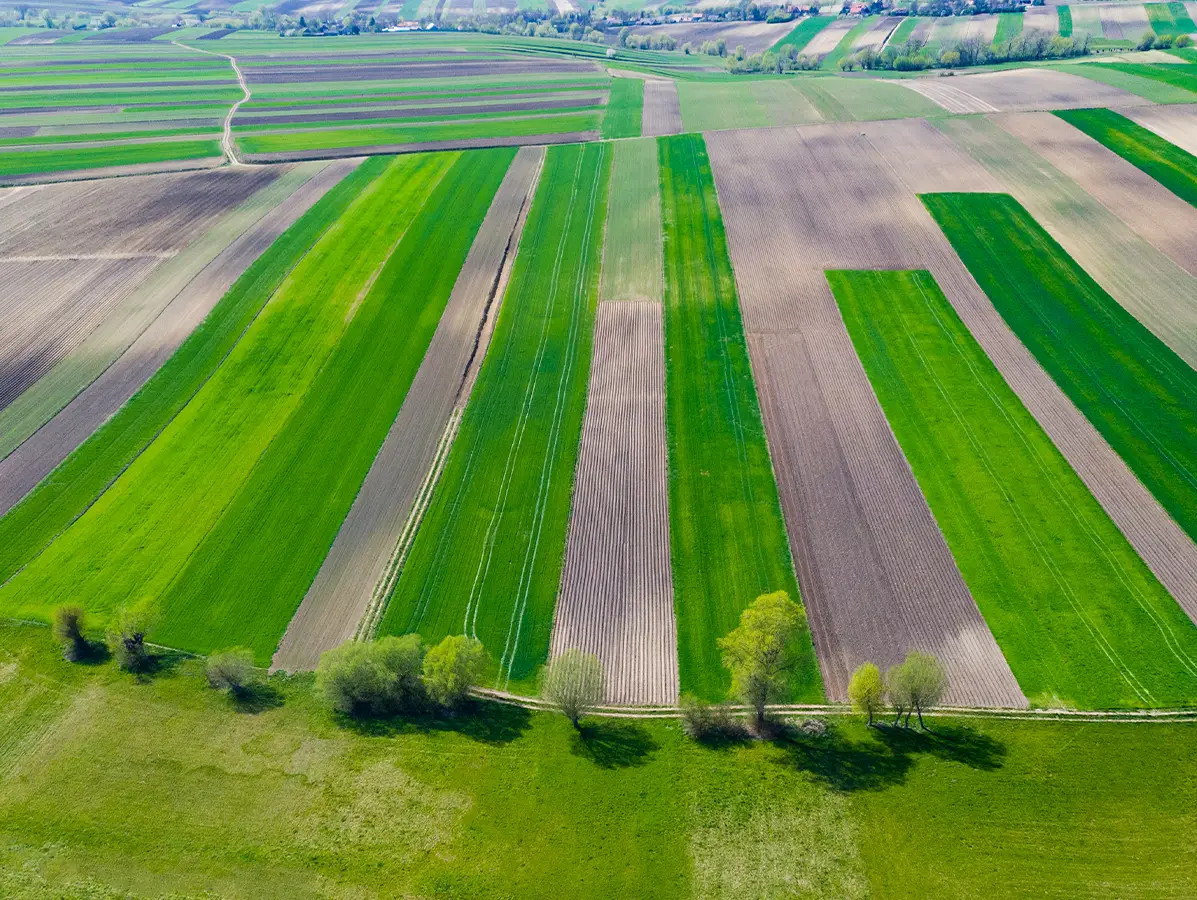
What if a simple slice of bread didn’t just taste good, but also supported biodiversity and contained fewer pesticides? Researchers at Wageningen University & Research studied how wheat from strip cropping is received by consumers. The findings are notably positive—as long as quality and safety are guaranteed.
Strip cropping, where different crops are grown side by side on a single field, changes the dynamics on the ground. That shift can affect food safety, including the presence of moulds, natural toxins or pesticide residues. It also influences the nutritional quality of wheat. Protein and gluten content—crucial for bread-making—can be altered by mixed cropping.
In addition to physical properties, the research team examined consumer preferences. Using a method called conjoint analysis, they identified what bread buyers care about most. “Consumers primarily focus on pesticide use: the less, the better,” said Caspar Krampe from Wageningen UR. Visual purity and the absence of additives also factored into their evaluation.
Familiar combinations like wheat and barley performed better than less common mixes. Consumers were more hesitant about blends such as wheat and faba beans. “That’s why it’s important to clearly explain the natural, safe and clean benefits of products from mixed cropping,” Krampe added.
To support policymakers and supply chain partners, a team led by Cheng Liu developed a digital dashboard. The tool compiles insights on crop choice, product quality and consumer preferences. While the code is available upon request, the tool itself has not yet been made public.
Source: WUR